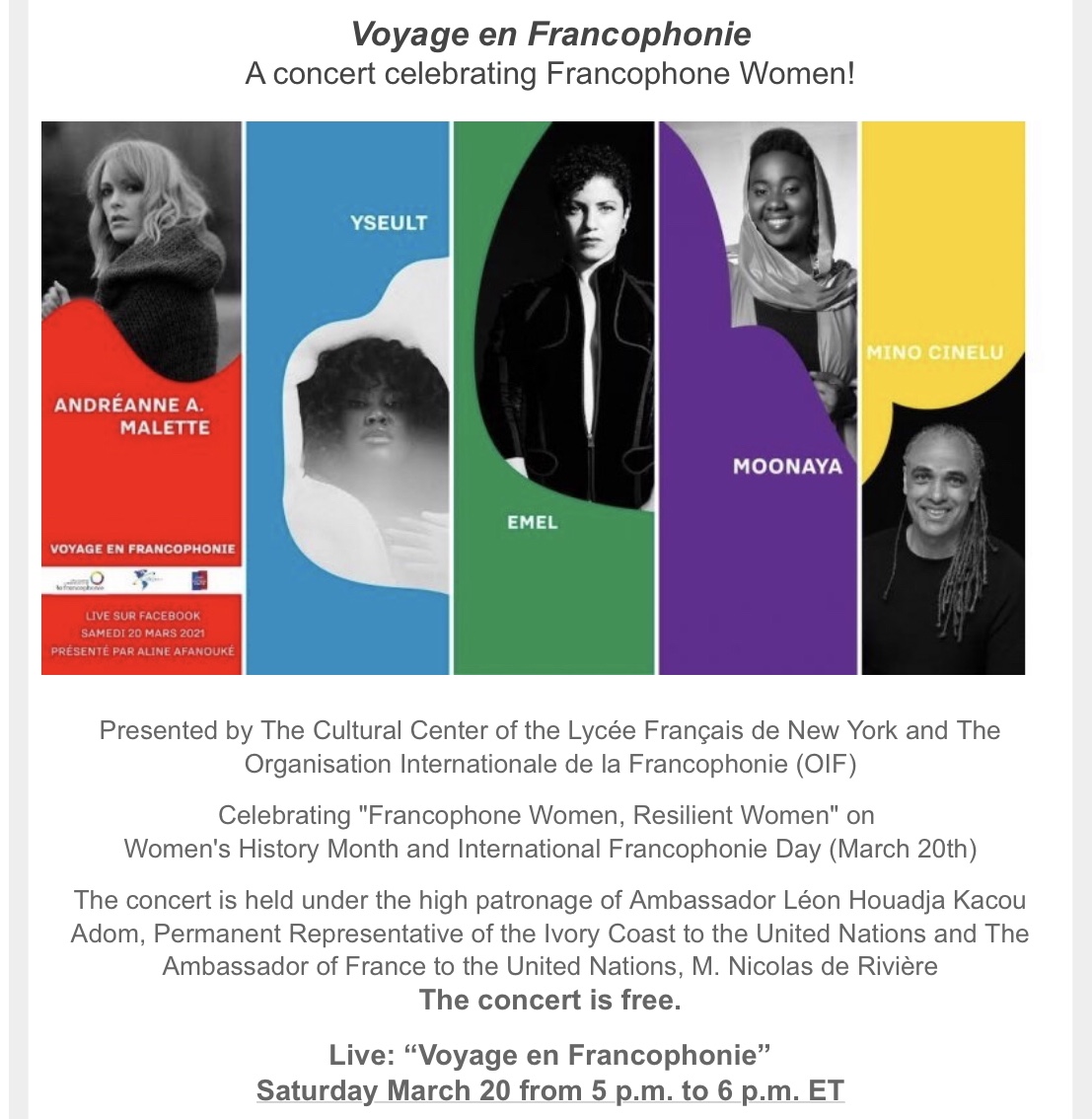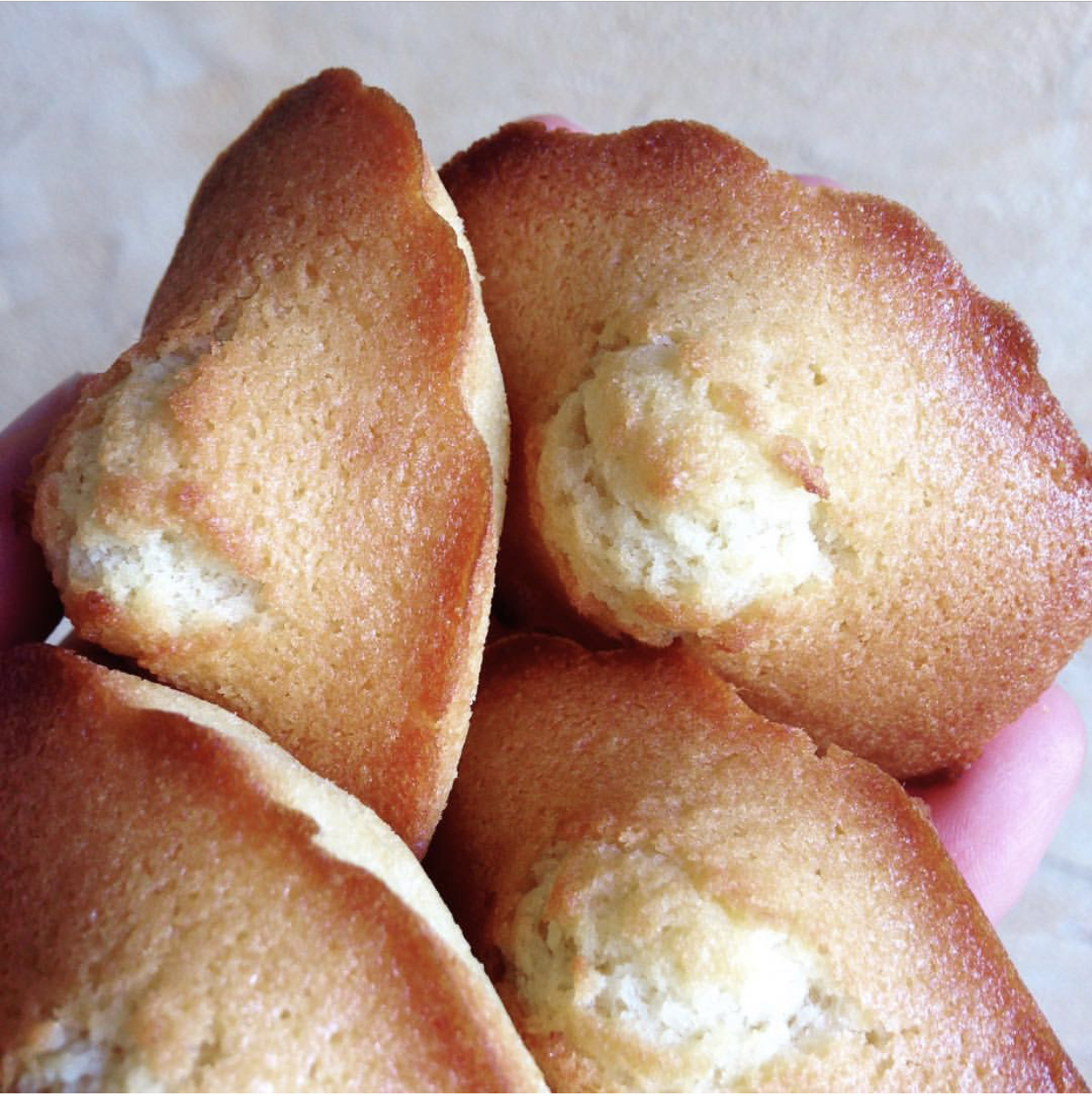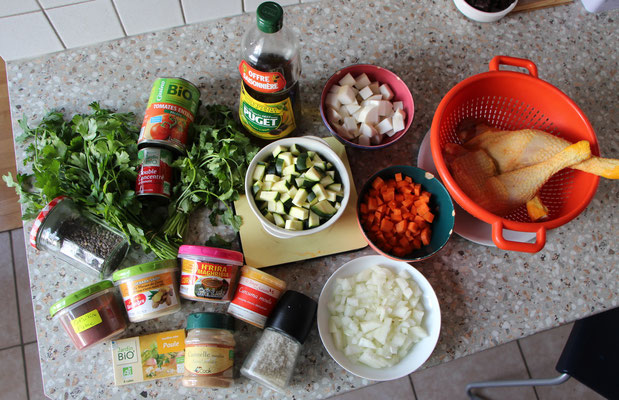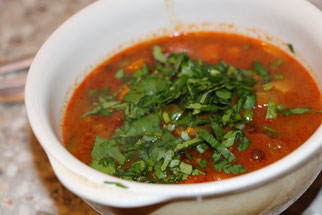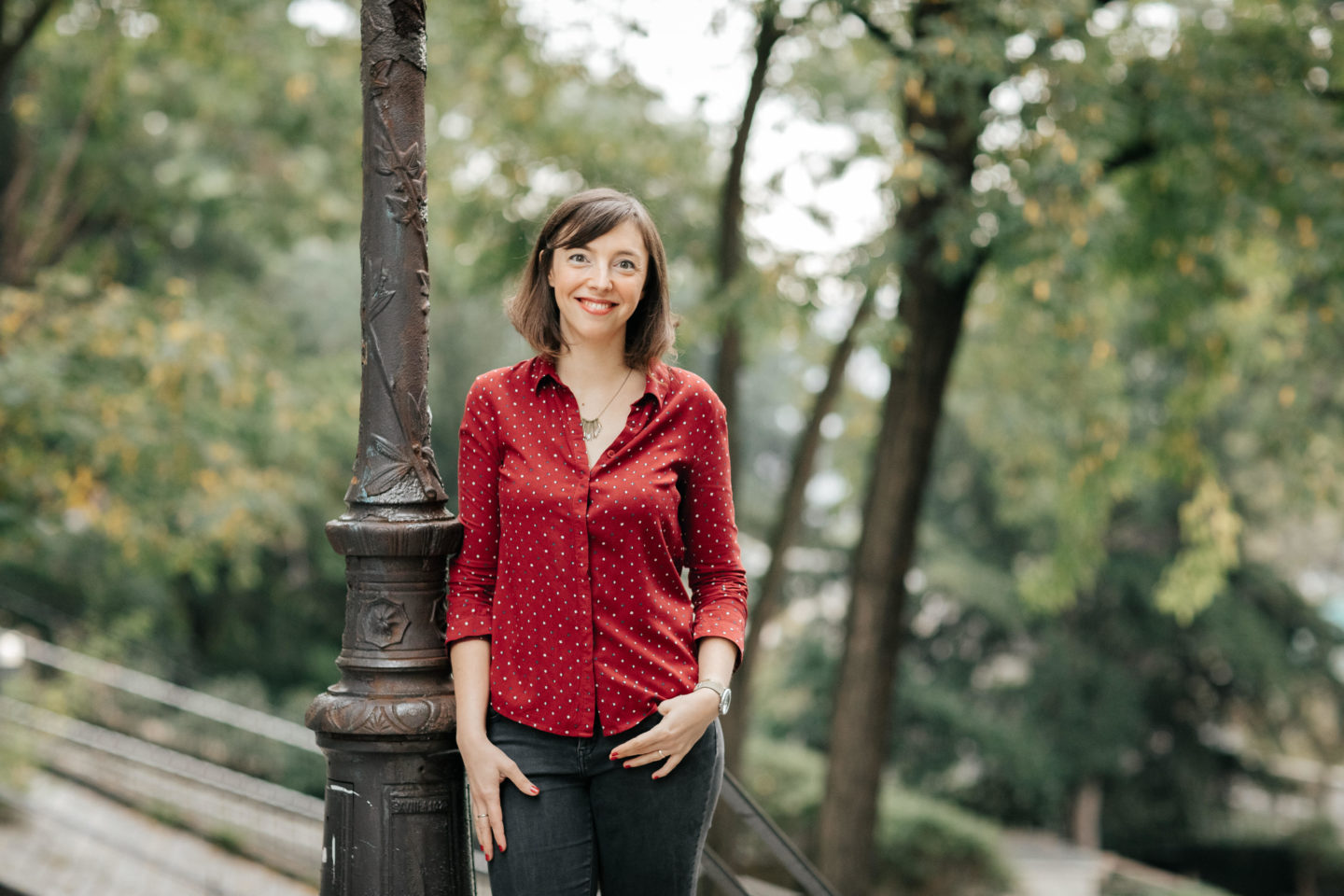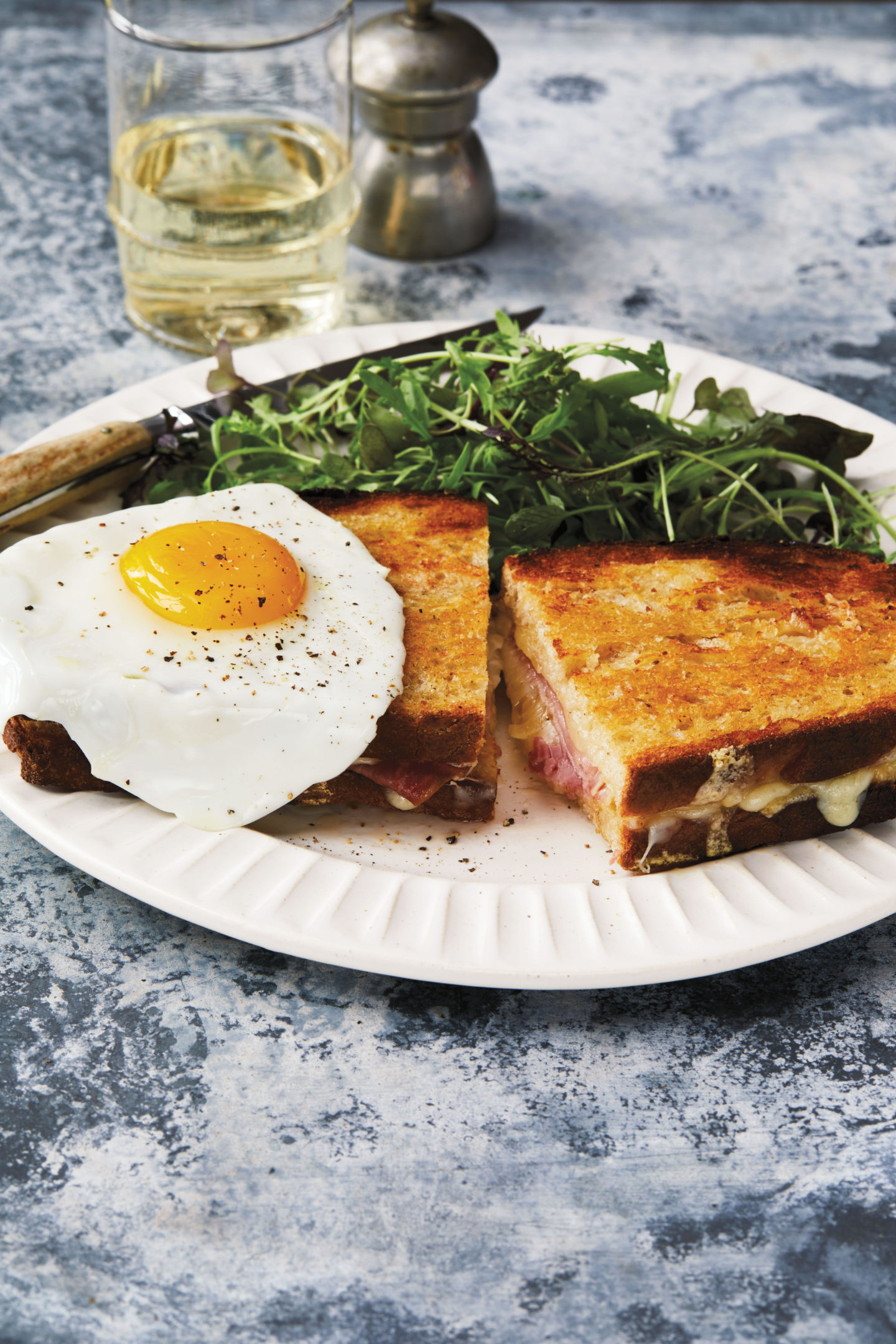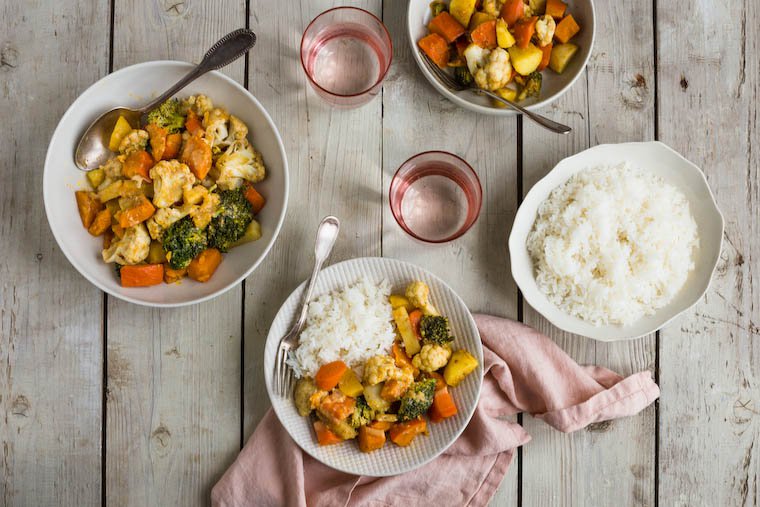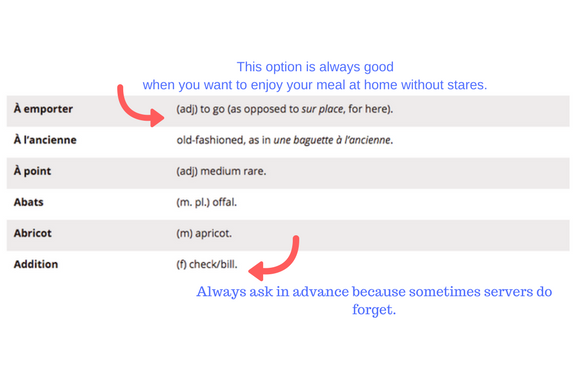“Be committed to the relationship you have with yourself. As women, we get so committed to other relationships, but we tend to toss ourselves away. We get around to ourselves now and then. So, really care for who you are. Be committed to loving yourself. Take care of your heart and soul.” – Louise Hay

As Women’s Month comes to an end, I wanted to highlight women who are making an impact in their communities. I have been practicing yoga for years now and Sandy Gola has been my yoga instructor for some time now.
I have learned various poses and movements from Gola; although, I would say one of my favorite yoga poses is Shavasana, oui, oui– SHAVASANA!
O.O.J.S.F: How did you get started with yoga?
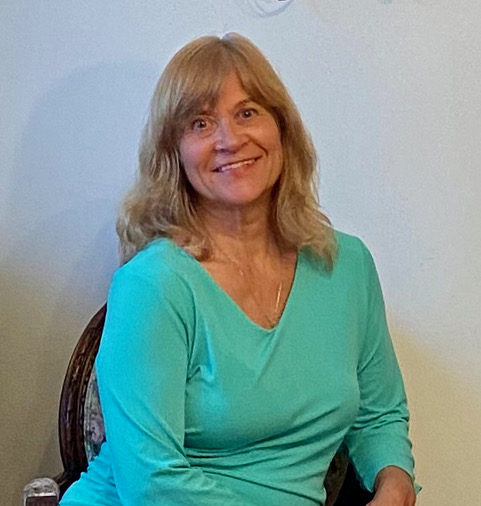
S.G: I was working in the graphic design and advertising industry, in my own business. It was quite stressful with deadlines, responsibilities and a variety of clients to please. As an outlet to burn off some of my Type-A energy, I enjoyed working out and taking fitness classes at the Montclair Y. Eventually, they recruited me to teach some classes myself. I found the combination of day job and evening job created a perfect balance for me. I loved calling out the moves, choosing the music, and coming up with the choreography for my high impact classes with plenty of jumping! I also loved the good feelings and the natural relaxation that happened after a strong workout.
An injury sidelined me for awhile, and led me to seek a form of exercise that wouldn’t upset my shins. I discovered some “Power Yoga” videos, a vigorous form of yoga that added a new dimension to things I had previously experienced. It had all the dynamics of strong physical exercise, the same endorphin high, but there was more to it. With the peacefulness I felt afterward, the meditative quality of the practice, and the focused attention, I was hooked enough to know I had to find a live class. I saw a brochure for a teacher with a very similar style to those videos. His name was Raji Thron and he was teaching classes in Starseed in Montclair on the weekends. The year was 1998. I would go to every Saturday and Sunday class for several years. Then in 2006, I took his “Yoga Synthesis” teacher training and became a yoga teacher myself.
O.O.J.S.F: And for how long have you been a yogi?
S.G: I can’t say I typically refer to myself as a yogi (or yogini), since I tend to think of that person as a master of the tradition. But looking up the common definition of yogi, it is used to describe:
1: a person who practices yoga – yes, I’ve been practicing for 23 years.
2: an adherent of Yoga philosophy – the Yoga philosophy is rich and varied. I would say my personal philosophy is wide ranging and includes elements of many of the world’s diverse spiritual traditions, I have an interest in the subtle energetic bodies, particularly the emotional and mental bodies and their effects on the physical realm.
O.O.J.S.F: What is yoga and why is it important to practice it?
S.G: Yoga is an ancient technology developed for the attainment of maximum human potential. In the earliest known texts about Yoga, physical postures or asanas were barely mentioned. Codes of ethics and ways to see the world and consciousness were woven into allegorical stories. Modern yoga has evolved to include more physical exercises than it once did. Through the practice of yoga, one can achieve a sense of unity with that which is divine in all of us. Yoga is not a religion, but practicing it does produce a sense of awe and curiosity about the spiritual aspects of existence. We can learn many things about ourselves and the world as we perceive it. Yoga helps to soften one’s perspective and see things from a place of heart-centered consciousness. The physical practice of yoga brings many benefits in terms of external health and wellness. But the internal benefits of practicing yoga are far greater still.
O.O.J.S.F: What does self care mean to you? And what do you do to incorporate that as part of your lifestyle?

S.G: I think of self care as an ability to come into balance. It is so important as we go through the various cycles and stages of life. I am 66 now and my mom is 98, so I do believe I can provide a bit of perspective on the issue.
Personally, I like to spend time in nature, around and on the water. I’m an avid sailor, paddle boarder and kayaker. Being outside is very healing to my soul. I also enjoy spending time on my creative projects, writing on my book or working on a piece of artwork. I read a lot of transformational books and books about different spiritual traditions. I meditate, by myself and with the use of online tools and guided meditations. Above all, I try to hook my consciousness onto something positive.
O.O.J.S.F: Why is it important for women to take care of themselves?
S.G: The need for self care flows along with the stage of development and age of the person, for example:
Adolescent and young adults are looking to find their place in the world. They may be dealing with self-worth issues and anxiety about their futures. Or they may have a youthful sense of immortality and take risky chances. Hormones can be in overdrive. Certainly learning about being a woman and dealing with cycles is no easy matter. For young women, this would be the time to explore what works best, when it’s time to go for the gusto and when it’s time to relax and restore. Ancient cultures did a much better job with this than we do today, I think. We aren’t given much of a roadmap of what it’s like to be a woman, I’m afraid.
People in the next age group are often trying to juggle high powered careers with home lives that are also extremely active. Here they might still need very vigorous practices to work the energy through their system. Introducing more meditative and quieting, relaxing strategies will also be very helpful here. Often people don’t like to do what they really need, preferring to do what they feel comfortable. For example, a type-A person will continue to do type-A routines, when they would benefit more from a very laid back, relaxing routine.
The hormonal changes of middle age can also throw one for a loop. I know yoga has helped a lot of women cope with peri-menopausal and menopausal symptoms. For many, it’s a sort of lifeline. Anything that one needs to do for oneself at this stage, from taking supplements to trying modalities like massage, acupuncture, reiki, could be helpful. It is a stage of rich potential, but it can feel a bit like walking a minefield while going through it. But, I’m here to say there is hope and it does get better once the hormones level off again.
The early years of retirement and semi-retirement are often the best times of a woman’s life, according to a lot of people I’ve spoken to. There’s time to be with grandchildren, to nurture projects long neglected, to take classes and explore new things.
Older seniors can find their lives more difficult if they are beset with health challenges. There’s time for self reflection and hopefully still time to engage with family and friends in a meaningful way. My 98 year old mom loves it when she is the focus of attention, when people make a fuss over her age. She’s earned it, so why not?
O.O.J.S.F: As we are still going through the pandemic, how can we cope with this new normal?

S.G: For the last few years, I struggled with the news and felt compelled to stay on top of the news cycle. I now try to pick up my writing work first or do a meditation before I read the news of the day to avoid becoming drawn into negativity. I also seek out news sources that promote positive stories by subscribing to newsletters, like “Yes – A Better World Today,” “This Girl is On Fire,” “Brain Pickings by Maria Popova” and “Atlas Obscura.”
If there’s one thing the pandemic teaches us, it’s about the power of resilience. The capability to go through previously unimaginable tragedy and come out of it with the ability to feel joy and love is a triumph of the human spirit. Seek out and find those stories that uplift us. Find and nurture connections wherever you find them. Tap into the gratitude in your heart, be grateful for little things. Smile and be kind (even if you are wearing a mask) to a stranger. Look directly into someone’s eyes when you talk. They are the gateway to the heart. You can tell if a person is smiling just by looking at their eyes.
O.O.J.S.F: What books or meditation apps would you recommend ?
S.G.: I love the Insight Timer app – the free version has a ton of available content. You can participate in all kinds of online classes and events like sound healing. The Calm app is another favorite for guided meditations, music and classes, I just love Tamara Levitt’s no-nonsense approach to meditation. The Daily Om is another wonderful source of positive inspiring messages. If you like to listen to audio books, a subscription to Hay House Books gives unlimited access to their full library of transformational (self-help) books and is well worth it. Subtle Energy Sciences makes leading edge meditation aids that I use every day. Lately, I’ve been listening to a podcast on Spotify called “How to Fail” with Elizabeth Day. She speaks to the concept that it’s in failure that we learn how to truly succeed.
Currently, I’m reading “Worth” by Bharti Dhir. It’s an incredible memoir by an Asian-African woman who faced many challenges, including being abandoned at birth.
Do you want to try out YOGA with Sandy Gola?
Here is a playlist of my Yoga Lounge videos are 1/2 hour each. These were originally done for Facebook live and they explore and address various topics.
https://www.youtube.com/playlist?list=PLoIID_3SuzY8i_jXQWuhew12WtaS0mITw
For short 20 minute sequences that may be put together to form a complete class, see the videos we did with Bloomfield Recreation.
https://vimeo.com/search?q=sandy%20gola
Studio 108’s YouTube page contains several videos with me and other teachers as well. https://www.youtube.com/channel/UCz8LzK1LWyb2sD9G966XuMg/videos
Socialize with Sandy Gola:
Check out Sandy Gola’s blog:
Yoga In Transition.” I’m very excited about it:
https://yogaintransition.blogspot.com/

